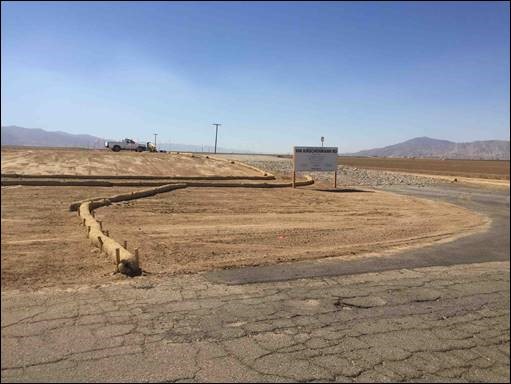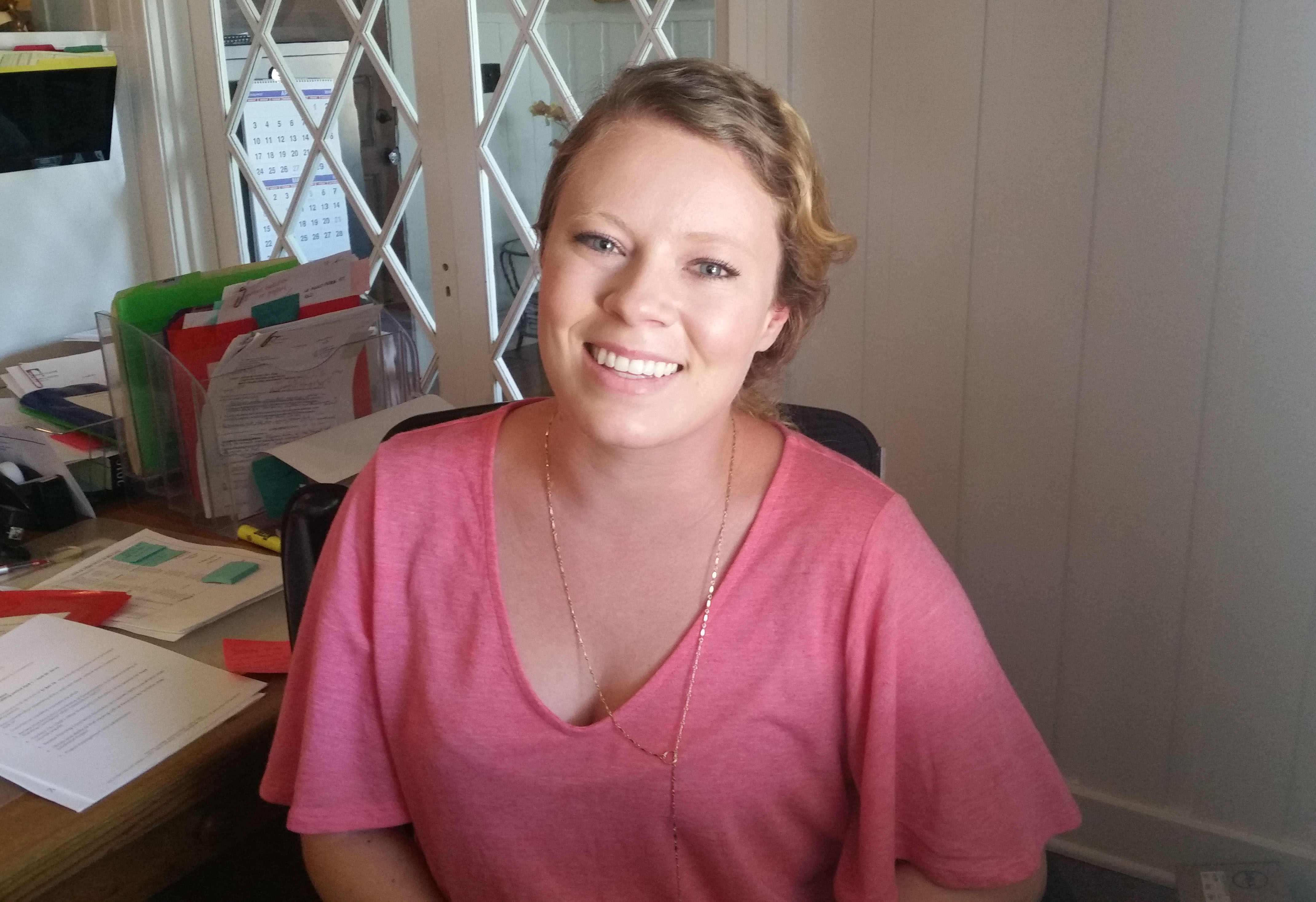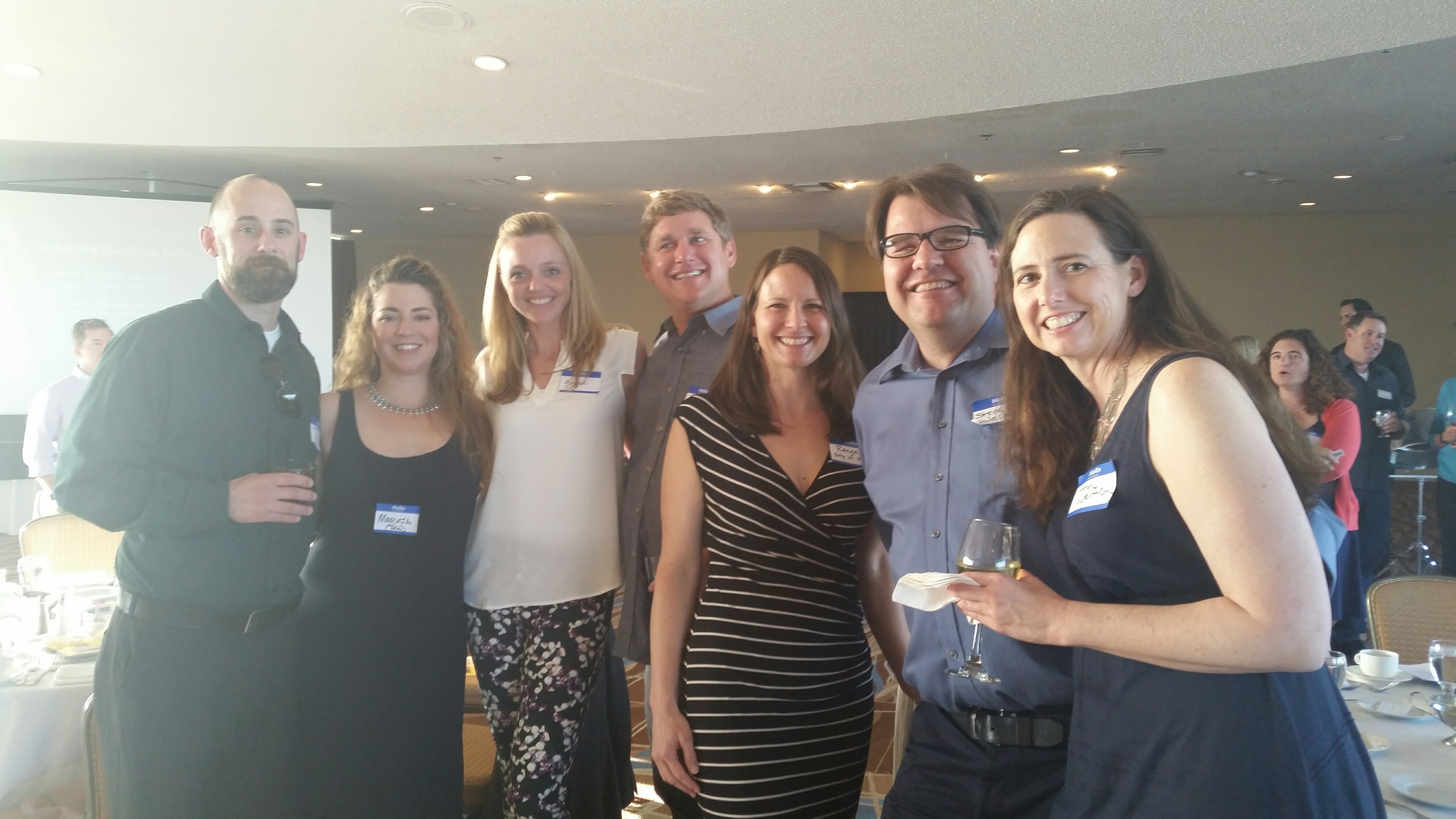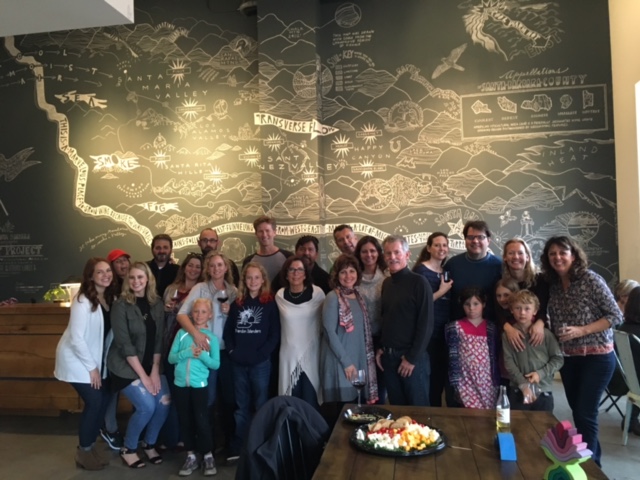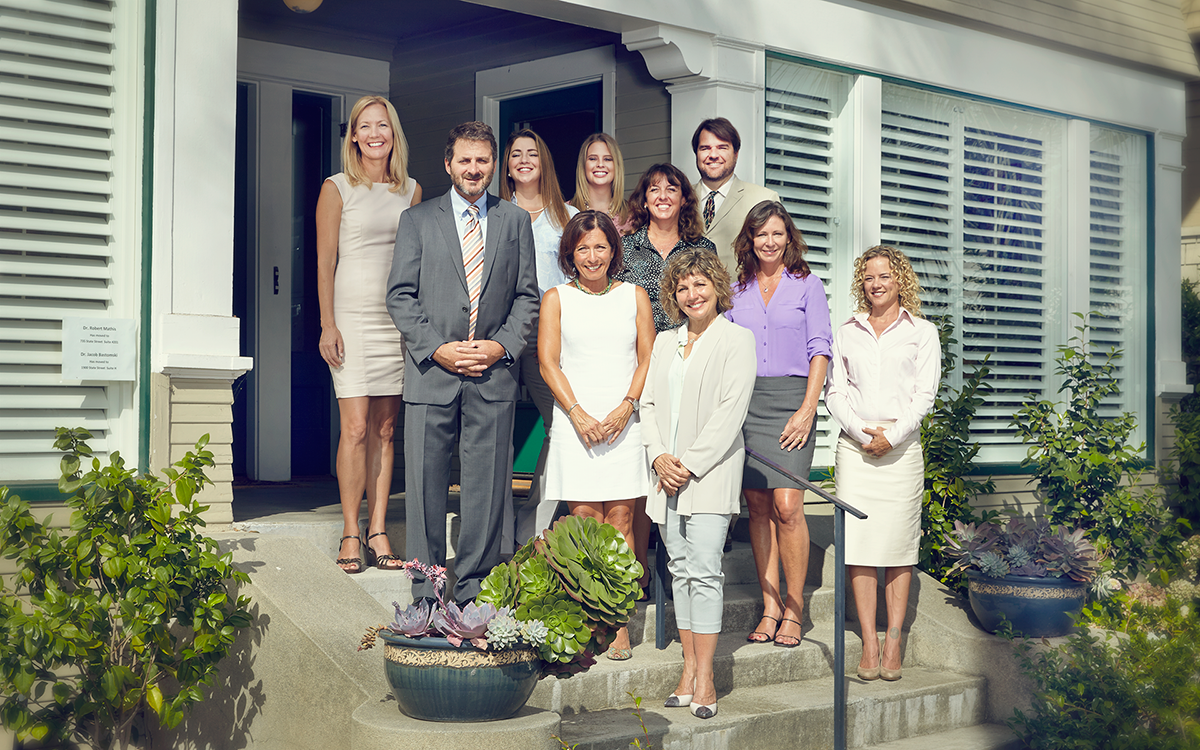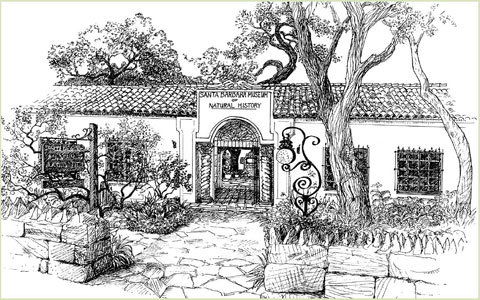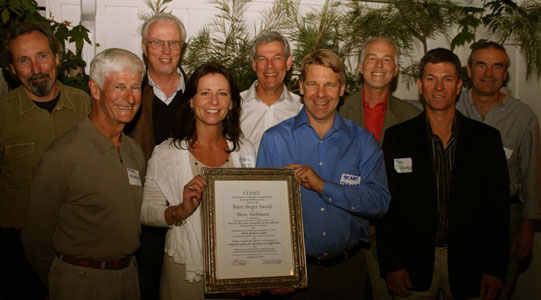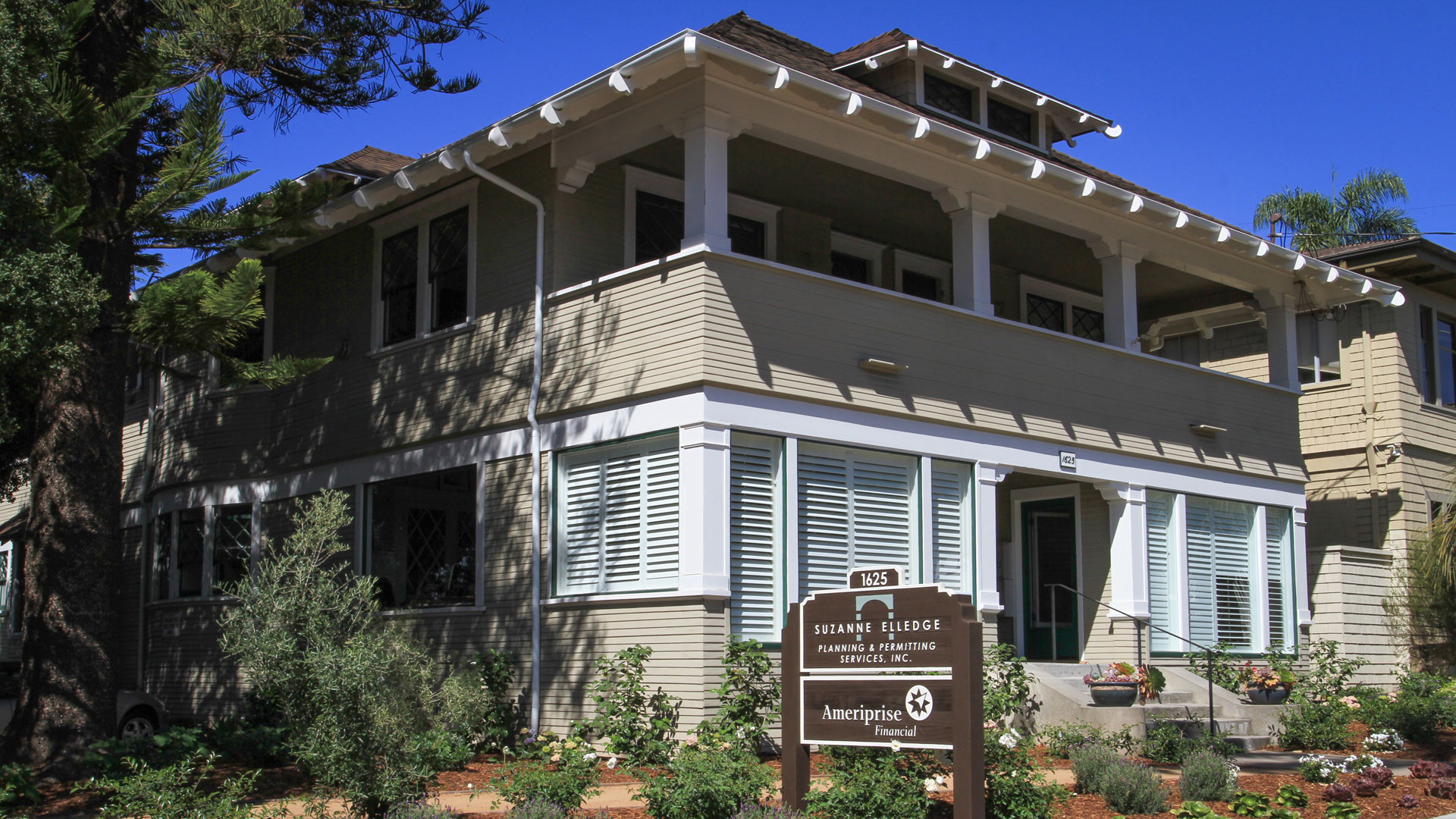Uncategorized
UCSB Reads: Happy City
SEPPS is proud to have sponsored the UCSB Reads program this year featuring Happy City: Transforming Our Lives Through Urban Design by Charles Montgomery. In Happy City, Montgomery demonstrates that the manner in which we build our cities alters the way we think, feel, and behave as individuals and as a society. The book was...

